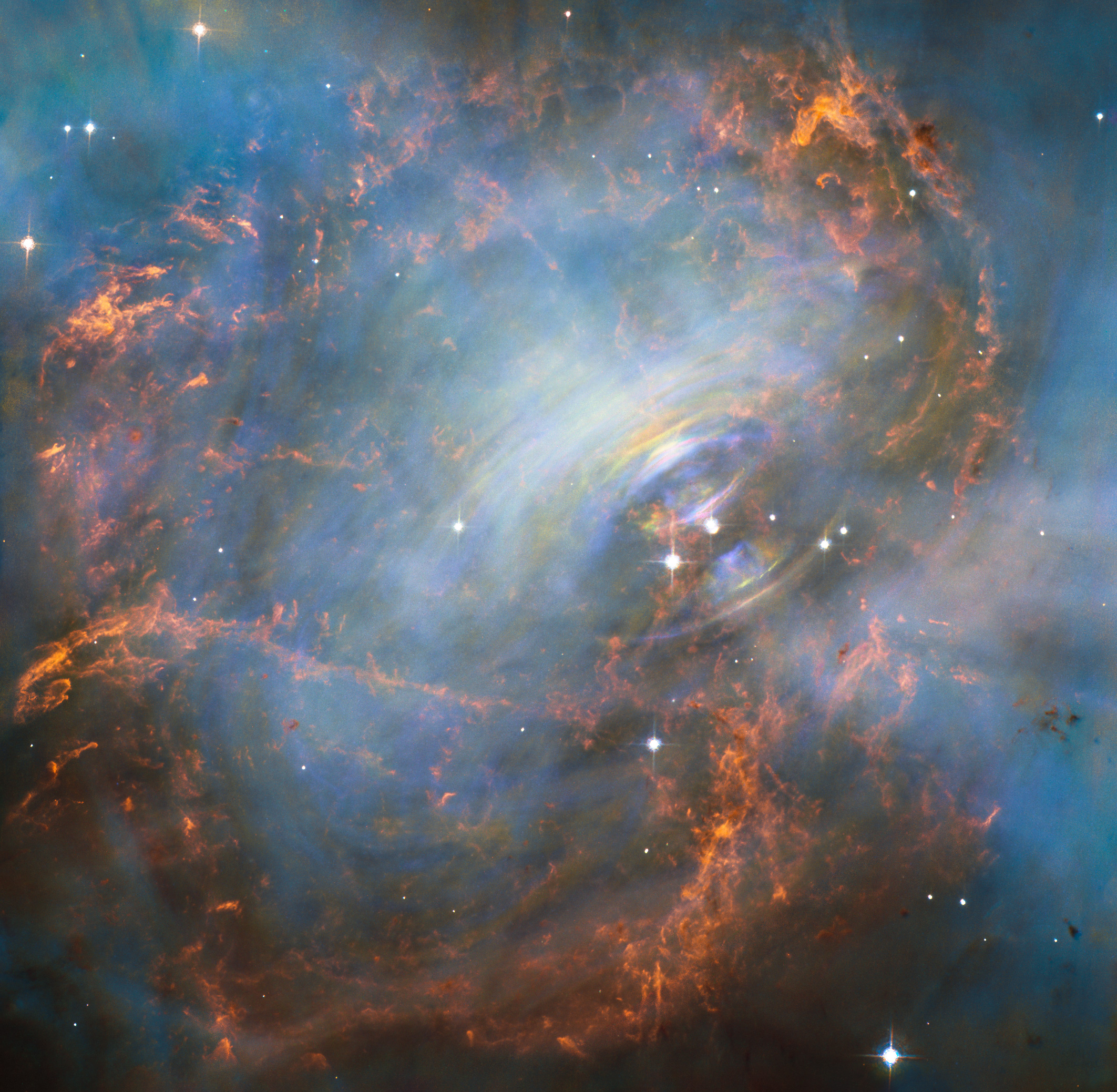Astronomy 101
- Introduction to Astronomy
- The Solar System
- Stars and Galaxies
- The Milky Way and Other Galaxies
- Telescopes and Observatories
- The Sun and the Moon
- The Earth and the Sky
- Space Exploration
- Astrobiology
- Space-Time and Relativity
- Black Holes and Neutron Stars
Black Holes and Neutron Stars
Introduction to Neutron Stars

Collapsed core of a massive star consisting mainly of neutrons.
Neutron stars are one of the most fascinating objects in the universe. They are the remnants of massive stars that have undergone a supernova explosion. Despite their small size, they are incredibly dense and have some of the most powerful magnetic fields known to exist. This article will provide an introduction to neutron stars, their formation, basic properties, and a special type of neutron star known as a pulsar.
Formation of Neutron Stars
Neutron stars are born from the violent death throes of massive stars. When a star around 8 to 20 times the mass of our Sun exhausts its nuclear fuel, it can no longer support its own weight and collapses under its own gravity. This collapse triggers a supernova explosion, one of the most energetic events in the universe. The outer layers of the star are blown off in the explosion, while the core collapses further.
If the core is between about 1.4 and 3 times the mass of the Sun, the collapse is halted by quantum mechanical effects that create a pressure from densely packed neutrons. This results in a neutron star, a celestial object with a mass comparable to the Sun but a radius of only about 10 kilometers.
Basic Properties of Neutron Stars
Neutron stars are incredibly dense. A sugar-cube-sized amount of neutron-star material would weigh about as much as a mountain—around a billion tons. This extreme density gives rise to intense gravitational fields; the surface gravity of a neutron star is about a billion times stronger than that of Earth.
Neutron stars also have incredibly strong magnetic fields, up to a trillion times stronger than Earth's. These magnetic fields accelerate particles to near the speed of light, creating beams of radiation that emanate from the star's magnetic poles.
Pulsars: Spinning Neutron Stars
A pulsar is a type of neutron star that emits beams of radiation out of its magnetic poles. These beams of radiation sweep across the universe like the beam of a lighthouse as the star rotates. When these beams of radiation are pointed towards Earth, astronomers detect a pulse of radiation, hence the name "pulsar".
Pulsars are incredibly precise cosmic clocks. The rate at which a pulsar spins can be measured very accurately, and some pulsars spin hundreds of times per second. The regularity of the pulses allows astronomers to use pulsars for a variety of scientific investigations, including tests of general relativity and searches for gravitational waves.
In conclusion, neutron stars are some of the most extreme objects in the universe. Born from the remnants of massive stars, they are incredibly dense and have powerful magnetic fields. Pulsars, a type of neutron star, serve as precise cosmic clocks and provide a wealth of opportunities for scientific investigation.